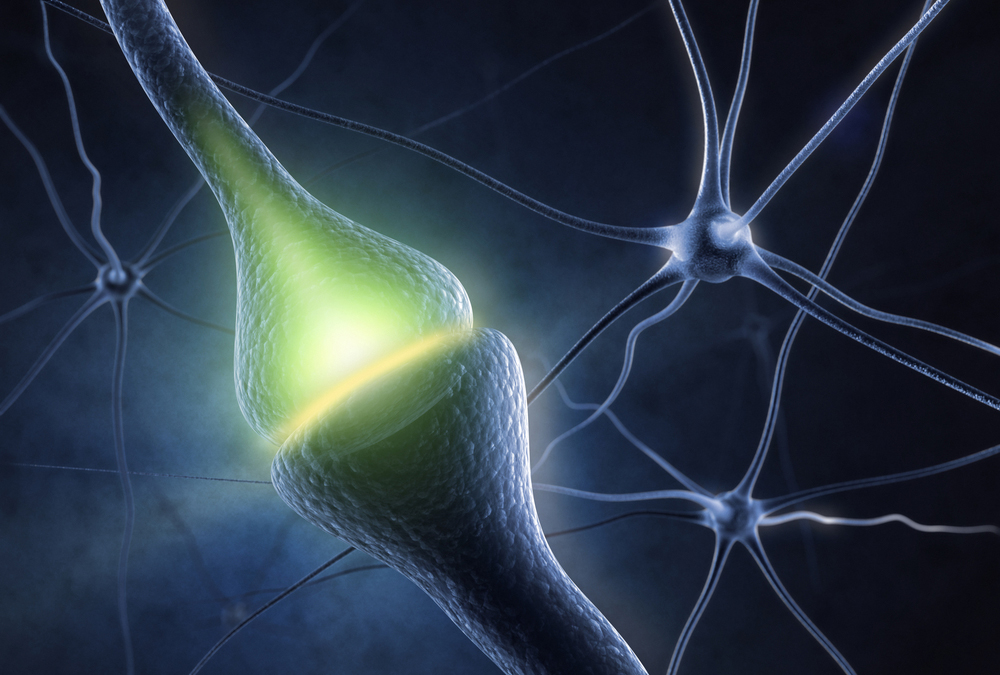Learning is quite different from education.
While education stops when you stop attending school or college, learning is a continual process. We continue to learn new things until the end of our lives. The human brain has always been a topic of great interest and the medical fraternity has been craving to crack the mystery behind the workings of the brain.
The vigorous interest of the medical community has propelled the vast amounts of research and investigations being conducted on the last frontier of the human brain and its mechanism of working. Latest research conducted on the human brain has revealed the fact that neurons or brain cells continue to be generated by the human hippocampus all throughout life. (1) This research conducted in 1999 by Elizabeth Gould and Charles Gross of Princeton’s Department of Psychology was published on October 15, 1999 issue of Science. The findings of this research completely turned around the previous notion that neurons were incapable of regeneration.
How do we train the brain?
There has been an increasing amount of interest in the process of learning and numerous methods in brain training are being tried out. Computer technology and video games have both been studied to understand their effects on brain training and the learning process in general. An interesting concept which has been proposed in this context is Brainwave entrainment.
Brainwave entrainment is nothing but the rhythmic alterations within the brain which are created in response to the aural or visual stimuli. The fundamental significance of this concept is that any audio or video which has a rhythm and sequence to it, can elicit a brainwave entrainment.
Biofeedback is another concept which has garnered huge interest of the medical fraternity in general and psychologists in particular. This particular branch of science attempts to register the biological reactions in the human body and utilizes it to train people to improve their health (2). It has been used in the treatment of a variety of disorders like migraine, paralysis, anxiety neurosis, epilepsy, Raynaud’s disease, Cardiac arrhythmias, digestive disorders etc.
Does it work for ADHD and our youth?
The practical application of these technologies and researches in the treatment of disorders like ADHD and ADD has been studied (3). It has been found that with 5 weeks of brain training therapy with a working memory program reduced the symptoms of inattention and attention deficit in children, which proves that brain training for ADHD, is a good alternative to medications like Ritalin. Ritalin is used in the treatment of ADHD to improve the attentiveness and reduce the fidgeting and restlessness. Since brain training therapy has not been linked to any side effects whatsoever, it could be used as a safer alternative to prescription medicines, which are not entirely free from unwanted side effects.
Teenagers and young adults between the ages of 16 and 24 have been found to be involved in car crashes and driving related accidents and many older adults especially those over the age of 70, have been found to have similar rates of driving accidents. Brain training for adults could work well in such age groups and could be used to improve the driving skills too.
In addition to being therapeutic in many conditions like ADHD, ADD etc, the brain training programs could also be used for entertainment and fun. Wild Divine, Somatic Visions and HeartMath are a few companies which manufacture interesting mindfulness related brain training games.





